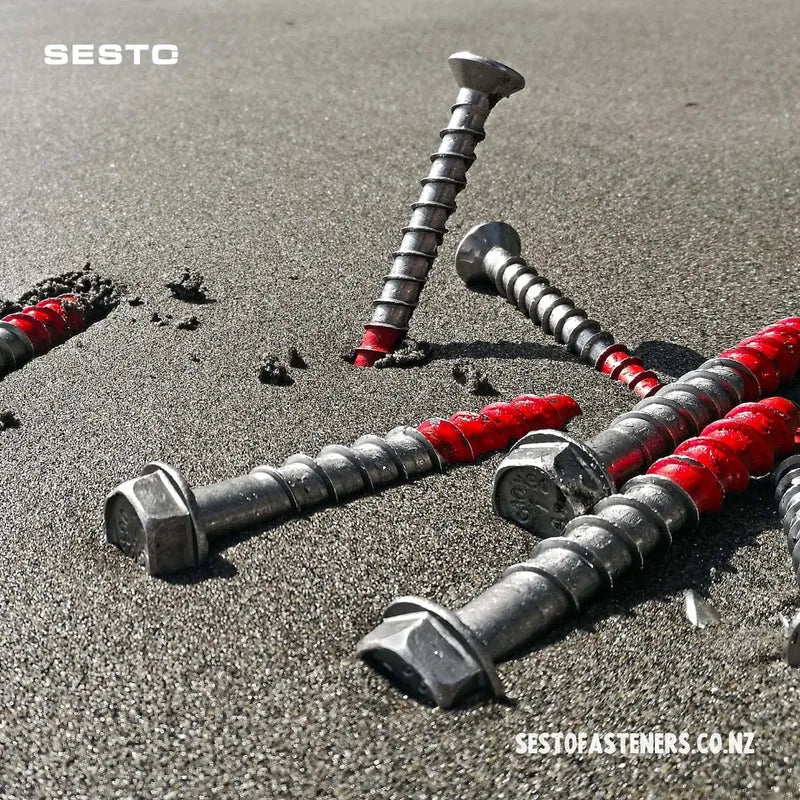When it comes to coastal homes, metal corrosion is the relentless foe of architectural beauty. Whether your structure stands boldly above the high tide line, experiences intermittent exposure to splashing waves, or lies submerged, the specter of corrosion is always present.
Corrosion's most relentless grip occurs in the splash and tidal zones, where the unending cycle of wetting and drying fosters high chloride and oxygen levels, accelerating the decay of metals.
[
Before selecting a product that boasts "corrosion-resistant" on its label, it's vital to evaluate:
• The type of material
• The type of coating
• The thickness of the coating (if applicable)
• Performance in similar environments
Regardless of the metal you opt for, there are key practices to adhere to:
• Opt for smooth finishes
• Design structures for rain washing
• Plan for manual cleaning
Now, let's delve into the world of stainless steel, the coastal guardian!
[
316 Stainless Steel: With its 2% to 3% molybdenum content, it emerges as the prime choice for coastal applications, boasting remarkable corrosion resistance.
-
304 Stainless Steel: While it's the reigning champion across various applications, it does exhibit a vulnerability to corrosion in saline environments. Regular cleaning is a necessity, yet it still outperforms common aluminum alloys.
Remember, it's essential to avoid combining stainless steel with dissimilar metals, especially those with high galvanic potential – a recipe for corrosion.
Speaking of fasteners, we recommend exploring the ICCONS Thunderbolt Pro 316 Screwbolt range for areas prone to corrosion, such as coastal regions. This New addition to the SXTB range is available now. This range includes very unique sizes so make sure to keep an eye out.
Shield your coastal masterpiece with the resilience of stainless steel, because when metal meets the sea, stainless steel stands as your unwavering protector.

